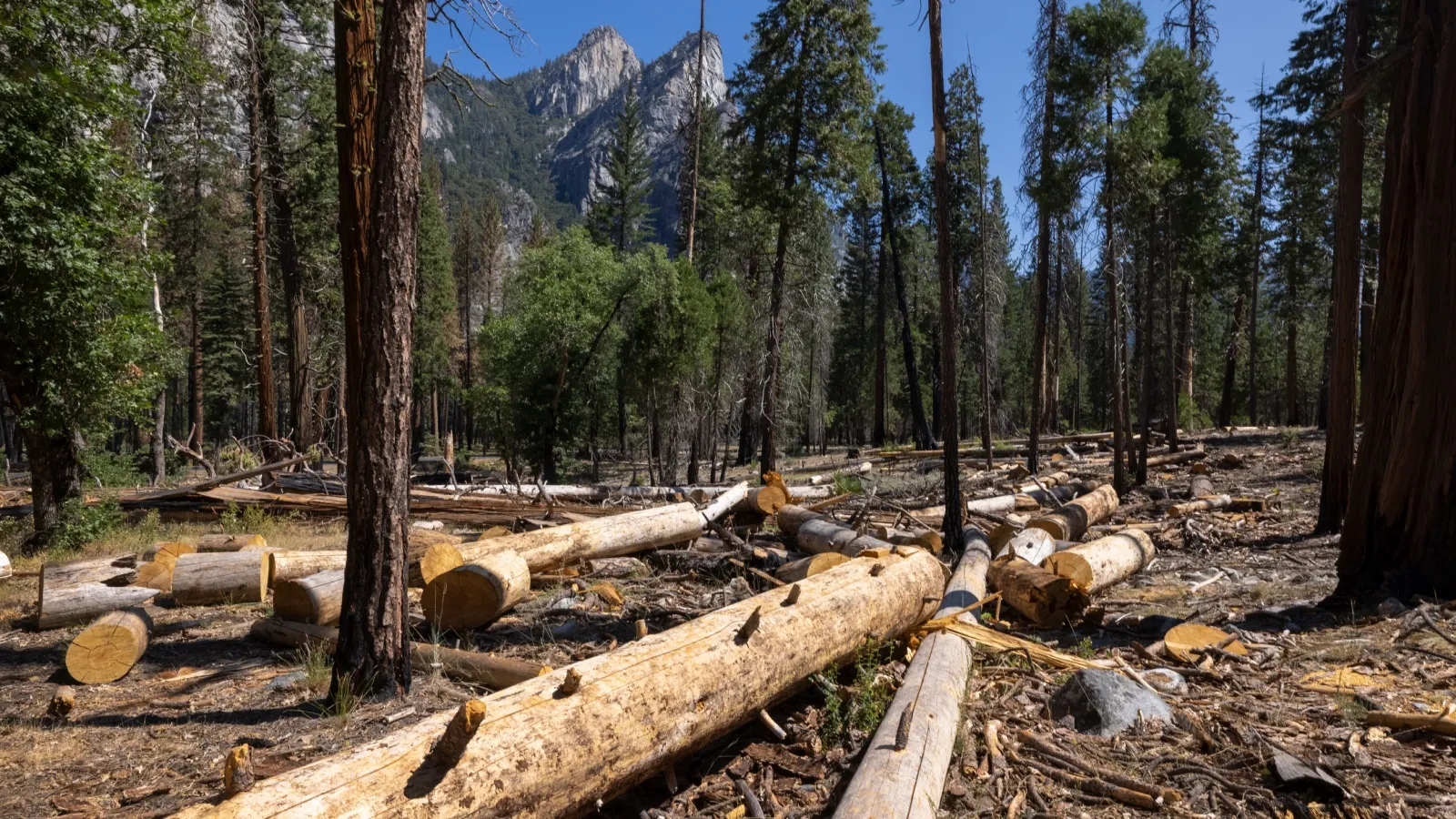It’s a term that might not immediately come to mind when discussing forest management, but it plays a crucial role in ensuring the health and longevity of our forests. In this comprehensive article, we will explore the concept of tree thinning in detail, discussing its benefits, methods, and why it deserves more attention from landowners, conservationists, and policymakers alike.
Tree thinning is, at its core, the strategic removal of select trees from a forested area. This process may be conducted for various reasons, including improving forest health, enhancing timber quality, reducing wildfire risk, and promoting overall biodiversity. Tree thinning, when carried out with careful planning and consideration, can be a powerful tool for managing forests sustainably.
The Benefits of Tree Thinning
The benefits of tree thinning are multifaceted and play a pivotal role in promoting the health and sustainability of forests. Firstly, thinning enhances forest health by allowing remaining trees to access essential resources such as sunlight, water, and nutrients. This results in stronger, more resilient trees that are better equipped to withstand pests and diseases. Moreover, tree enhances timber quality, making it a valuable practice for the forestry industry by producing higher-quality wood products. Additionally, some major benefits are given below:
Enhanced Forest Health:
One of the primary benefits of thinning is its positive impact on overall forest health. By removing weaker or diseased trees, the remaining trees can access more sunlight, nutrients, and water, allowing them to thrive. This enhanced vitality makes forests more resilient to pests and diseases.
Improved Timber Quality:
For those with a commercial interest in timber production, tree thinning can significantly enhance the quality of the remaining trees. As competition for resources decreases, individual trees can grow larger and develop more desirable wood characteristics.
Reduced Wildfire Risk:
In regions prone to wildfires, dense forests can pose a significant threat. Thinning out excess vegetation and reducing tree density can create firebreaks and limit the spread of wildfires, thereby safeguarding both the forest and nearby communities.
Increased Biodiversity:
Forests are home to a diverse range of plant and animal species. Tree thinning can create open spaces and varied habitat conditions that benefit numerous wildlife species, promoting biodiversity and ecological resilience.
Methods of Tree Thinning
Tree thinning can be accomplished using various methods, depending on the forest’s specific goals and characteristics. Some common methods include:
Individual Tree Selection:
In this method, foresters carefully choose individual trees for removal based on their health, size, and location. This approach allows for precise control and minimal disruption to the overall forest structure.
Group Selection:
Rather than removing individual trees, this method targets small groups or clusters of trees. Group selection can create a mosaic pattern within the forest, providing diverse habitats for wildlife.
Shelterwood Cutting:
Shelterwood cutting involves a series of planned cuttings over time. Initially, some mature trees are left standing to provide shade and protection for younger trees. As the new generation grows, the remaining mature trees are gradually removed.
Clearcutting:
Clearcutting, while more invasive, is sometimes necessary for specific forest management goals. It involves the removal of all trees in a designated area, followed by replanting or natural regeneration.
Why Tree Thinning Deserves Attention
Despite its many benefits, tree thinning is often overshadowed by other forest management practices. Timber harvesting, for instance, tends to receive more attention due to its immediate economic returns. However, the long-term ecological and environmental benefits of tree thinning cannot be understated.
As climate change continues to impact our planet, the need for sustainable forest management practices becomes increasingly critical. Tree thinning can help forests adapt to changing conditions, ensuring they remain healthy and resilient in the face of evolving challenges.
Furthermore, the prevention of catastrophic wildfires, which have been on the rise in recent years, is a pressing concern. Tree thinning can be a vital component of wildfire risk reduction strategies, protecting both human lives and natural landscapes.
Conclusion
Tree thinning words may echo in your mind after reading this article. But it is not just a word; it represents a vital practice that deserves our attention and consideration. By understanding the benefits and methods of tree thinning and recognizing its importance in sustainable forest management, we can work together to ensure the longevity and vitality of our forests for generations to come. So, let’s continue to discuss and promote Diamond Tree Company as a cornerstone of responsible forestry practices.




